Low prices, will gardeners cut down durian?
"Durian is overflowing onto the streets, I feel sorry for the gardeners! But 30,000 VND/kg is a price within the purchasing power of the common people like us," durian buyers on the roadside admitted that in the past few years, the export price of durian has been 80,000-90,000 VND/kg, making it difficult to buy. Being used to selling at high prices, durian has naturally become a high-end, billion-dollar product... now it is out of favor, will the gardeners cut it down when the price of durian drops!?
Mr. Men, a gardener in Chau Thanh, Dong Thap , carefully holds each durian in his garden. Photo: Ng. Dem
"For durian growers who have a firm grasp of techniques and control costs, durian prices of 30,000 VND/kg are still viable. Master Nguyen Van Dem, Phi Nhieu Company Limited, specializes in consulting gardeners on safe durian growing. He calculated that 1 cong ( 1,000m2 ) if planted with 20 durian trees, it will bear fruit in 3 years. Each tree has ten fruits, each fruit weighs 3kg or more, the gardener earns an average income of 1 million VND/tree, or 20 million VND/cong, 200 million VND/ha. Currently, gardeners plant at a density of 40 trees/cong, doubling their income, or 400 million VND/ha. They don't earn billions, but compared to longan, orange, mango... No tree generates higher income than durian. No tree has a quick return on investment and profit like durian, so there will be no merciless cutting down of durian like other trees," Master. Trust in gardeners in Chau Thanh, Dong Thap.
Even though the price is low, Mr. Men still takes care of the garden meticulously, directly checks each durian, each tree, and follows the domestic market to see what kind of durian consumers prefer, which variety - domestic or foreign - naturally ripened or chemically treated...? Mr. Dem has evidence. The consequences are more serious if he gives up on taking care of it: Income is not enough to cover investment costs and labor, debt will cause loss of reputation; later no one will dare to buy, sell, or do business with him. For many families, just a lack of care will cause the trees to lose strength, the garden will lose revenue. The pressure of making a living makes the family stressed, in the worst case, they can get angry and leave... Mr. Men also has evidence.
As a gardener in Chau Thanh, Mr. Men discussed with his neighbors to set up a group to cope with adversity, focusing on doing a few things: 1/ Sharing ways to take care of the garden properly, controlling costs, not giving up; 2/ Finding online sales channels, choosing good fruits to supply regularly instead of selling them to traders who dip them in chemicals; 3/ Opening fruits to sell directly to consumers; 4/ Going to agricultural markets, large retail outlets to offer products; 5/ Learning how to negotiate to find outlets at fruit stores and supermarkets with a commitment to stable supply. In particular, together building a brand of delicious, ripe fruits, each fruit is firm, creating trust with buyers and having a better price.
Someone told these gardeners that the Governor of Takeo Province, Vei Samnang, had instructed the authorities at the border to prevent durians from being imported into Cambodia because they contained chemicals that were harmful to consumers. When the price of durians fell and there was no outlet, there would be illegal imports into the Cambodian market. Mr. Vei Samnang had predicted and happily reported that "so far there has been no illegal import of durians through Takeo Province".
Mr. Nguyen Ngoc Thanh, a consultant on plant nutrition and soil science who has supported the Kampot durian growing area, Takeo, said that the farms here plant durian trees at a distance of 10 meters between each tree. With this distance, they take care of each tree in a convenient biological way, without the pressure of fertilizers and chemicals, and are very confident in applying digitalization to help customers easily trace the origin.
Strategy from Thai SELECT - Orchid Star to Otod
Thailand is also concerned about speeding up the distribution and consumption of 950,000 tons of durian. Commerce Minister Pichai Naripthaphan called for the ministry's cooperation with many organizations to promote domestic trade and export, synchronize production, marketing, processing activities... The Department of Domestic Trade (DIT) immediately linked up with large retail chains such as Siam Paragon, Central, The Mall and CP Axtra.
Experts volunteer to share their experiences in growing safe and sustainable durian with farmers. Photo: Ch.L
The agricultural association, fertilizer manufacturers and the Ministry of Agriculture and Cooperatives have linked up the "Cheap Fertilizer Program 2025" to provide quality fertilizers with more than 79 different formulas to protect durian growing areas. 26 suppliers nationwide have made available 10.06 million bags for this program, with a discount of 1.35 USD/bag.
Thailand is connecting resources with its strategic vision for 7 implementation measures and 25 action plans to increase global agricultural exports. To ensure success, the Ministry of Commerce has upgraded the "Thai Select" certification mark, with a new logo featuring an orchid-shaped honorary star, classified into four levels: Thai Select 1 star, 2 stars, 3 stars and Thai Select Casual. Many Thai restaurants abroad have also joined this program, promoting the Thai Select brand, opening up the way to import raw materials from Thailand to countries with Thai restaurants around the world. Thai Select continues to be improved with the "Orchid Star" logo. Minister Pichai has placed his hopes on agreements from bilateral free trade agreements (FTAs) with the European Union, South Korea and the ASEAN-Canada agreement, opening up trade connections between Thailand and more than 50 countries. The success of the FTAs lifted Thailand's export growth to 17.8% in March, reaching $29.55 billion.
In the Chinese market alone, when the General Administration of Customs of China (GACC) extended the operating hours of its 24/7 checkpoints, increased border laboratory facilities to test Thai durians (controlling Basic Yellow 2 (BY2) dye, eliminating previous contaminants that led to rejections), the Thai Minister of Agriculture gathered nine laboratories in Thailand to simultaneously screen BY2 to avoid further rejections and persistently demonstrated for China to recognize an additional laboratory, Central Laboratory (Thailand) Co Ltd, based in Chachoengsao.
6 months ago, the Thai Digital Economy Promotion Agency (Depa) launched the "digital durian" project to help 8.8 million durian farmers improve productivity and set up their own standards for Thai durian. Pantanu Wannagangsai, an advisor to the Thai Ministry of Digital Economy and Society (DES), said the project is not only in line with the government's current policies in addressing farmers' debt, income, and living costs, but also builds trust among domestic and international consumers, helping to promote premium Thai products globally, especially in the context of Thai durian products facing fierce competition from countries in the Southeast Asian region and China's "self-reliant" durian.
Currently, the durian growing area in Thailand is more than 1.02 million rai (more than 136,000 hectares), with an output of 1.53 million tons per year. Durian accounts for 69% of Thailand's total fruit exports, equivalent to more than 991,557 tons in 2023. Of which, China is Thailand's largest durian import market.
Thailand has 234 durian varieties registered with the Government, of which 60-80 varieties are grown commercially according to 3 maturity index groups: 1/ Early maturity (103-105 days including: Chanee, Gradum-tong and Lueng; 2/ Medium maturity (127-130 days) including Monthong, Gob, KanYau; 3/ Late maturity (140-150 days) including Gumpan, Enak, Tong-Yoi-chat. Of all durian varieties grown in Thailand, Monthong accounts for 41%, Channee 33%, Kan Yau 5%, Gradum - Tong 2%... According to Master Nguyen Van Dem, Thailand's potential is still very large. They do not need to borrow anyone's genetic resources or reputation.
China is different, according to Global Trade Atlas, China imports fresh durian from Thailand, Vietnam, the Philippines, and Malaysia. The Thai Trade Promotion Office in Xiamen, China, said that the country has produced durian in Hainan, selling for 300 baht/0.5kg (207,000 VND).
China has been widely cultivating durian in areas such as Sanya and Yucai, Hainan, according to a report by China News Service. Durians from selected genetic sources have grown well. Last year, about 500 trees began bearing fruit. The first batch of durians from Hainan hit the market in late June. The Hainan durian harvest season lasts from June to August, peaking in July. A four-year-old durian tree can produce 19 fruits, each weighing about 2kg. In the next 3-5 years, it is expected that the durian growing area in Hainan will be more than 6,600 hectares. However, Hainan durians are said to have a weak smell and a creamy texture.
Some other opinions say that Hainanese durian rice evokes the feeling of unripe banana, has no flavor at all, even dry, hard and bland.
For Thailand, even if Hainanese durian is unlucky, Thai durian still has to be neat. The One Tambon, One Digital (Otod) project launched by the Thai Digital Economy Promotion Agency (Depa) aims to help 6,100 durian farmers in Thailand use applications to record the growing process, conveniently track each crop, and data of each growing area; second, 12,200 farmers in 23 provinces will be trained on how to use e-commerce applications to clarify how to make durian a heavenly delicacy, regardless of the "thin border of hell" stereotype.
Combined agricultural and industrial model
According to freshplaza.com, the lesson that Uniban president Manuel Laborde shares here is that “Differentiation on the international market is recognized for taste, texture and growing conditions.” Uniban, with nearly 60 years of experience, has developed an agro-industrial model that combines large production areas with the work of more than 2,400 small farmers.
Since Uniban's main product is bananas, the company's portfolio includes conventional and organic Cavendish bananas, as well as Hartón and Popocho bananas, produced year-round in Urabá, Santa Marta and Chocó.
Europe is Uniban's main destination, with a 38% export share by 2024 through its subsidiary Tropical Marketing Associated (TMA), according to Manuel Laborde. Germany, the UK, France and the Netherlands lead the demand for certified fruit.
Manuel Laborde also highlighted the development of Puerto Antioquia, with an 80% growth, as a solution to Uniban's growth strategy that includes strengthening: 1/ Premium product portfolio; 2/ Expansion of value-added snacks; and 3/ Strengthening alliances with small producers.
Although organic products are not everything, but the progress through a series of actions that are friendly to nature, human connection, ethical behavior… the agro-industrial model makes sense when it comes to efficiency and sustainability instead of fragmenting the team, each boat going its own way, and being heavy-hearted about durian.
CHAU LAN
Source: https://baocantho.com.vn/sau-chung-sau-rieng-a187052.html


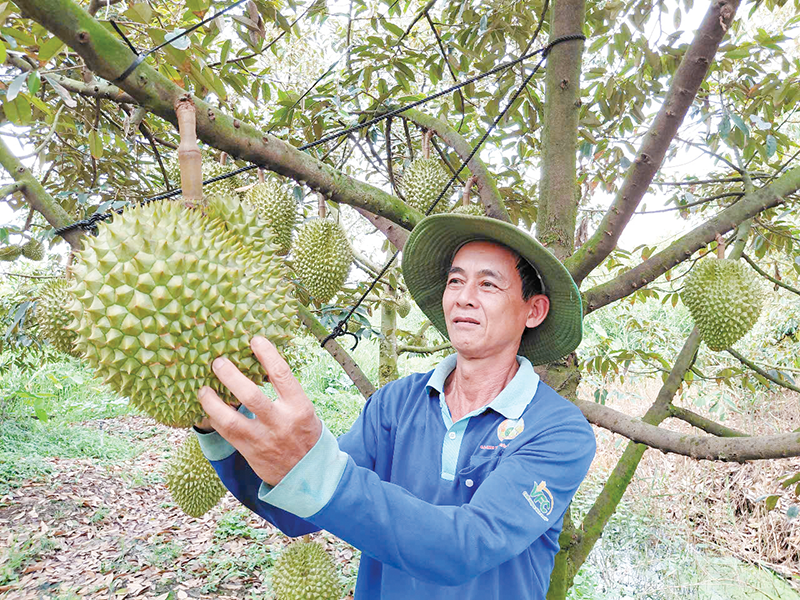
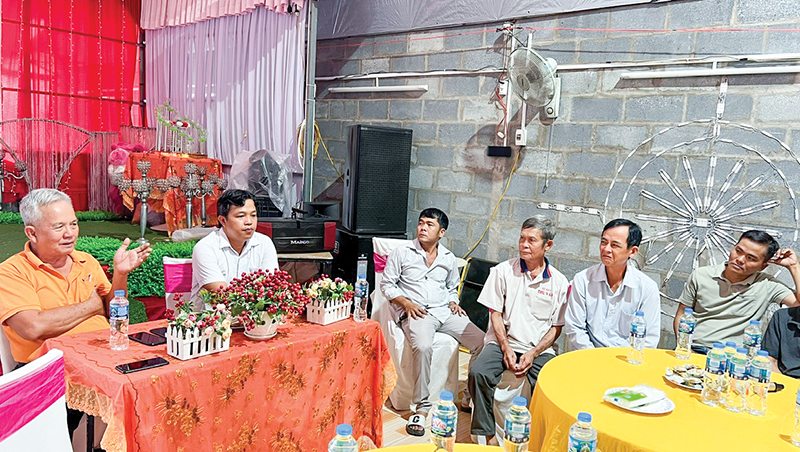



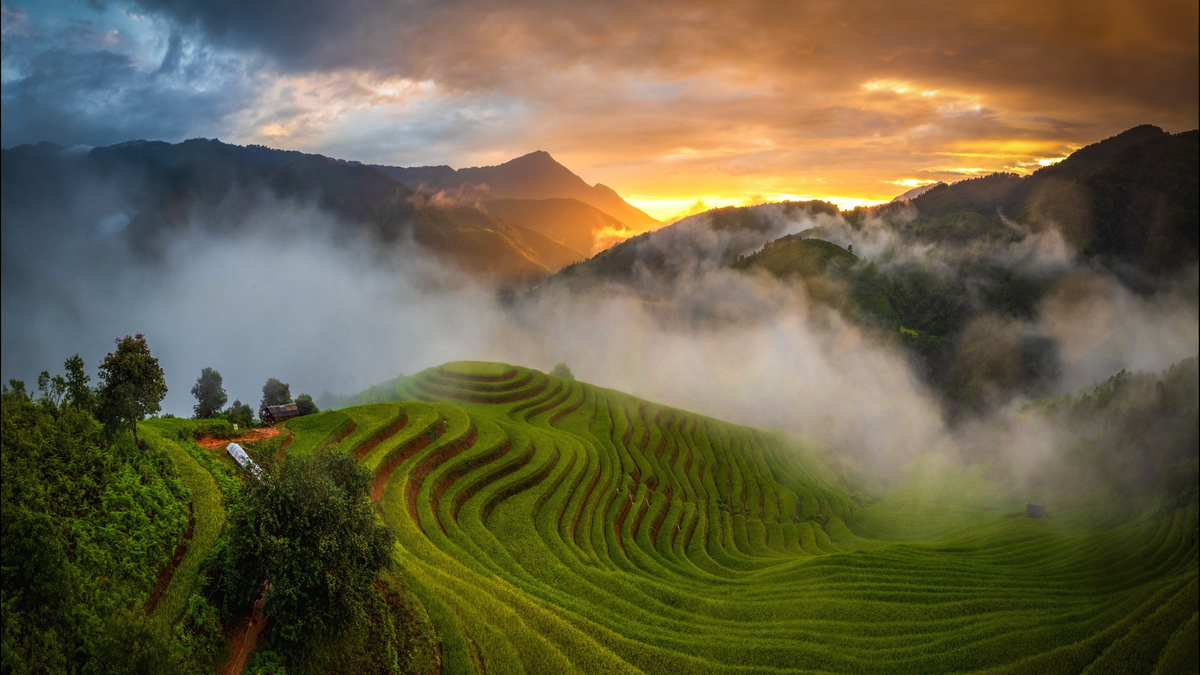
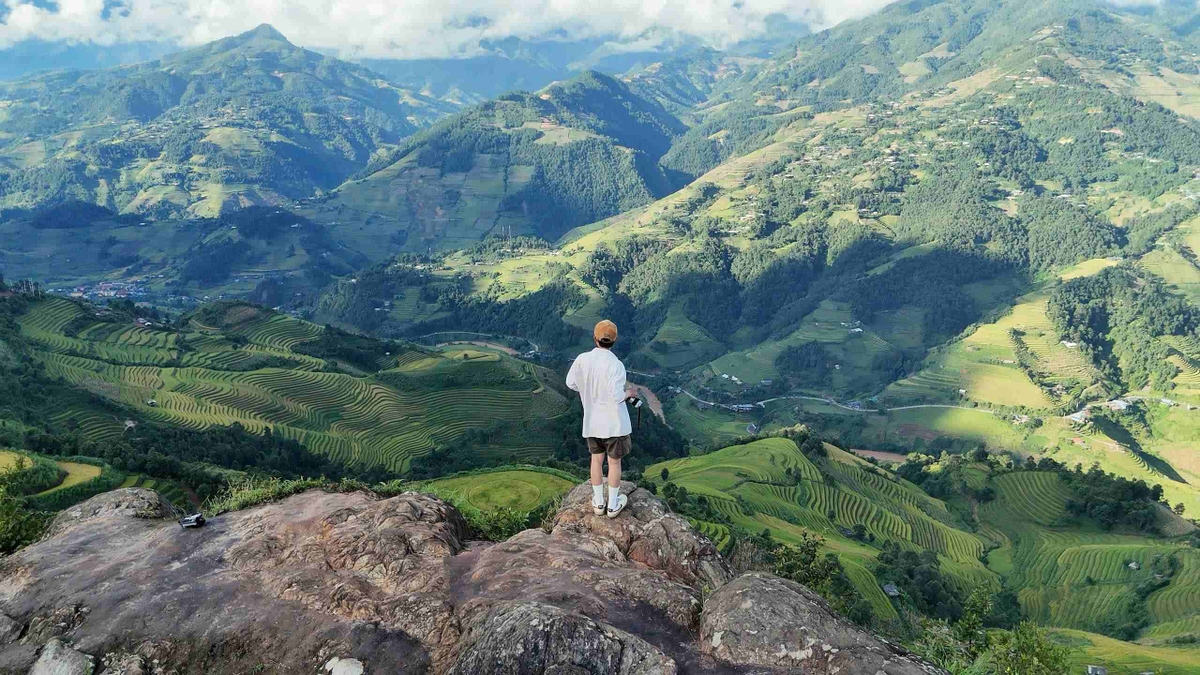
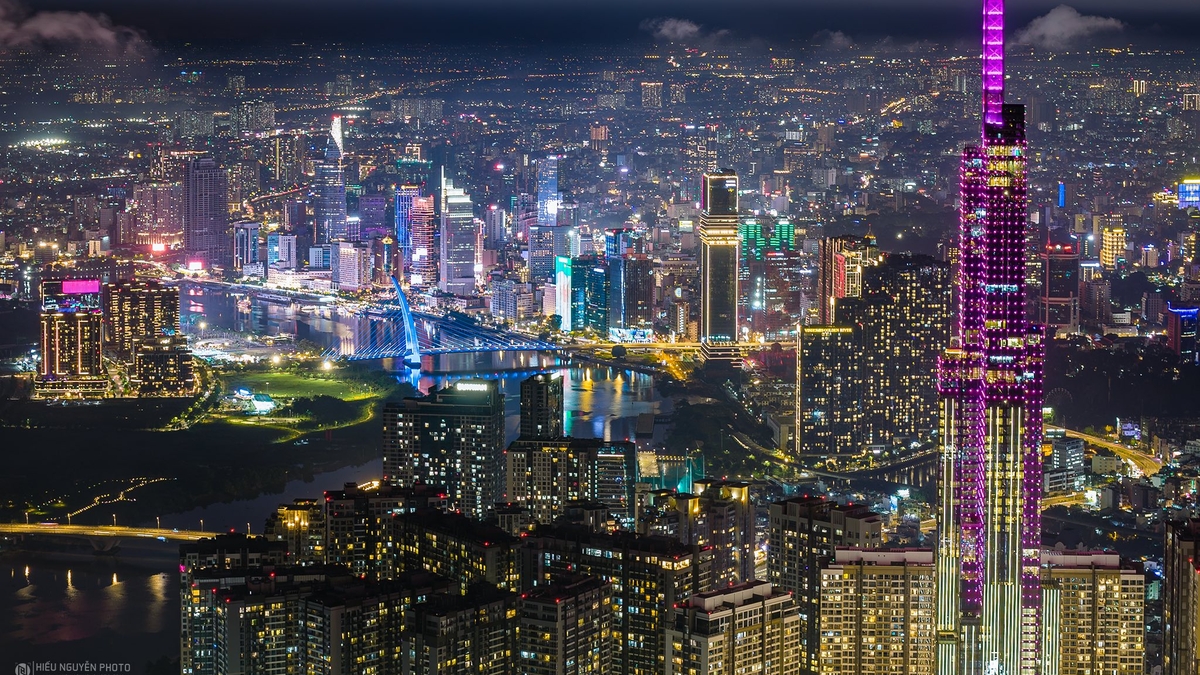
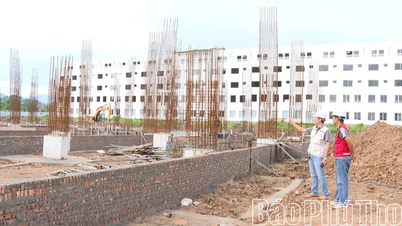



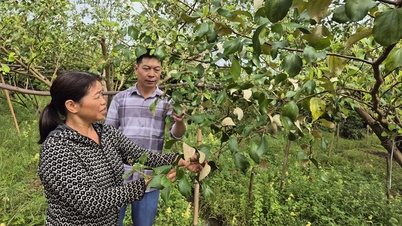

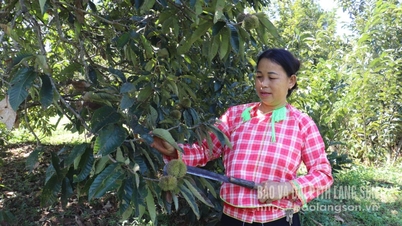

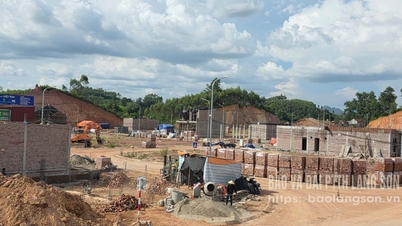
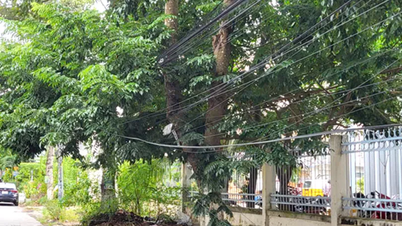
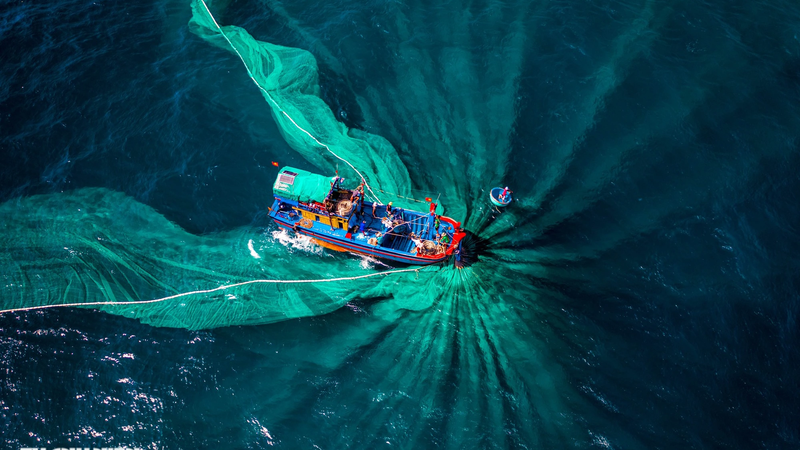
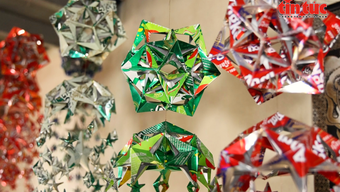
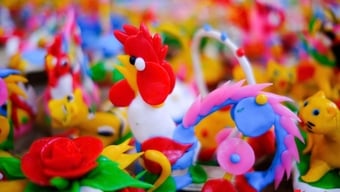

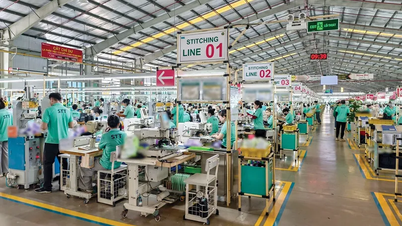
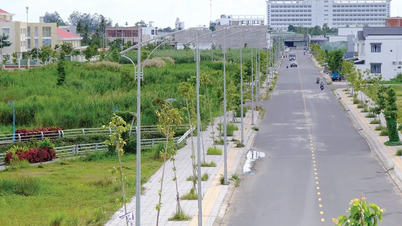
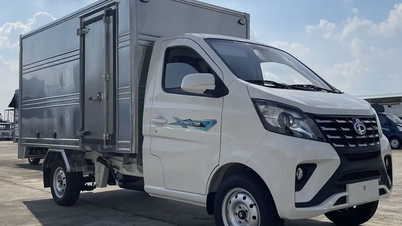

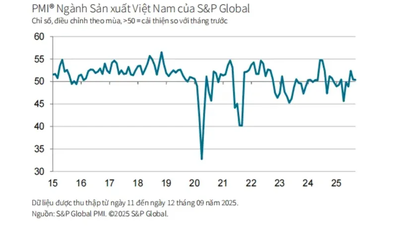
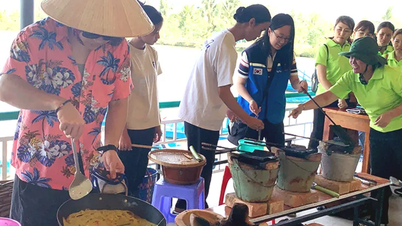

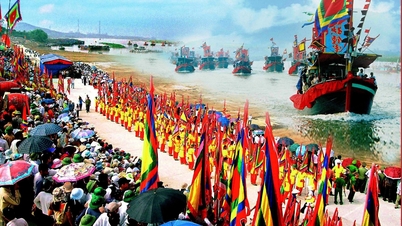





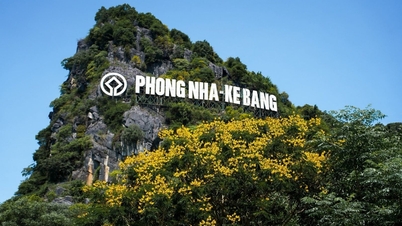

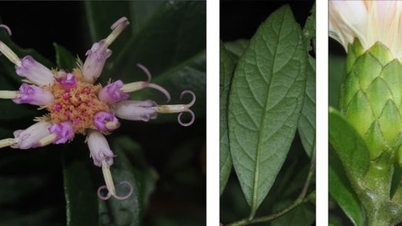

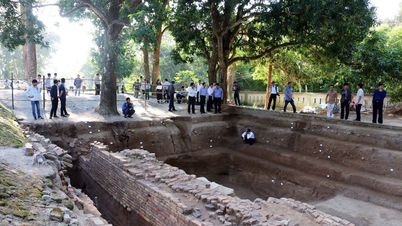

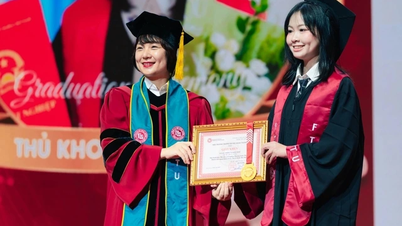



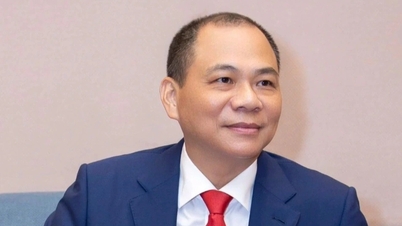

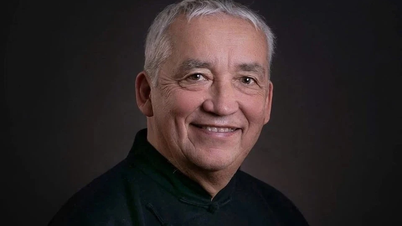



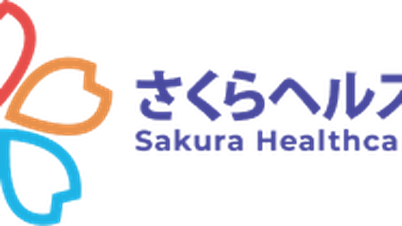

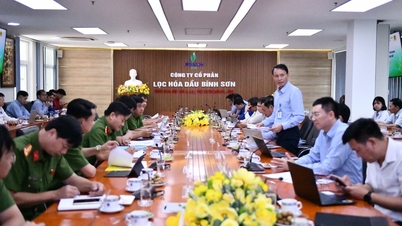
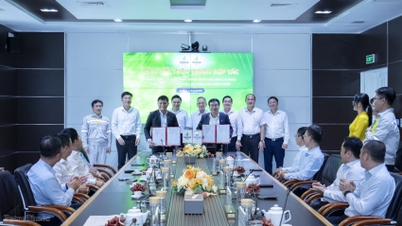

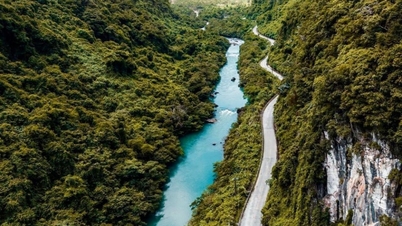
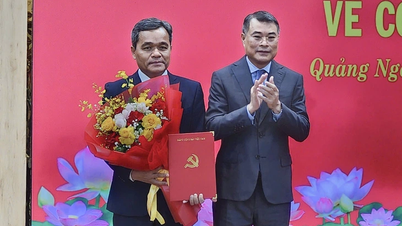


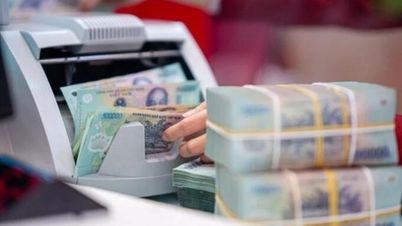

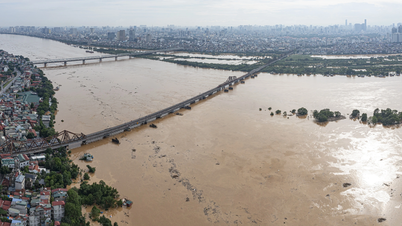
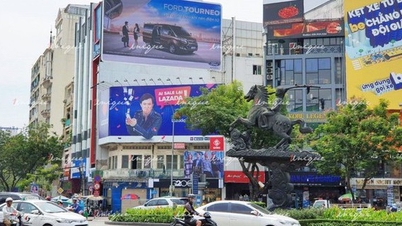
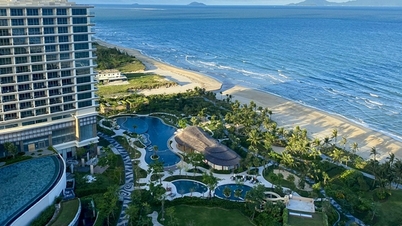

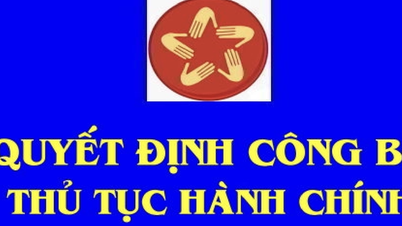








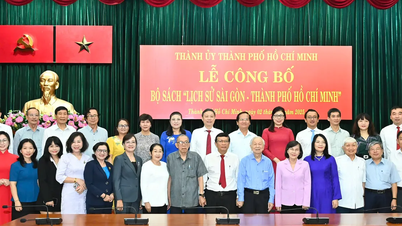



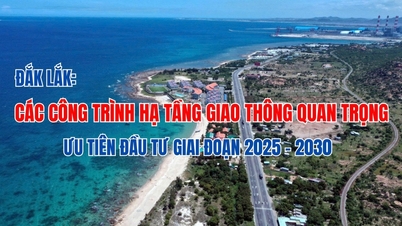
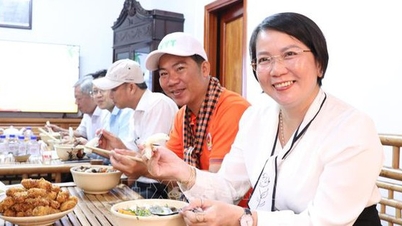





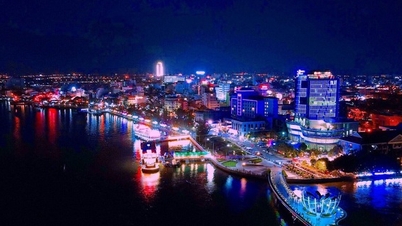



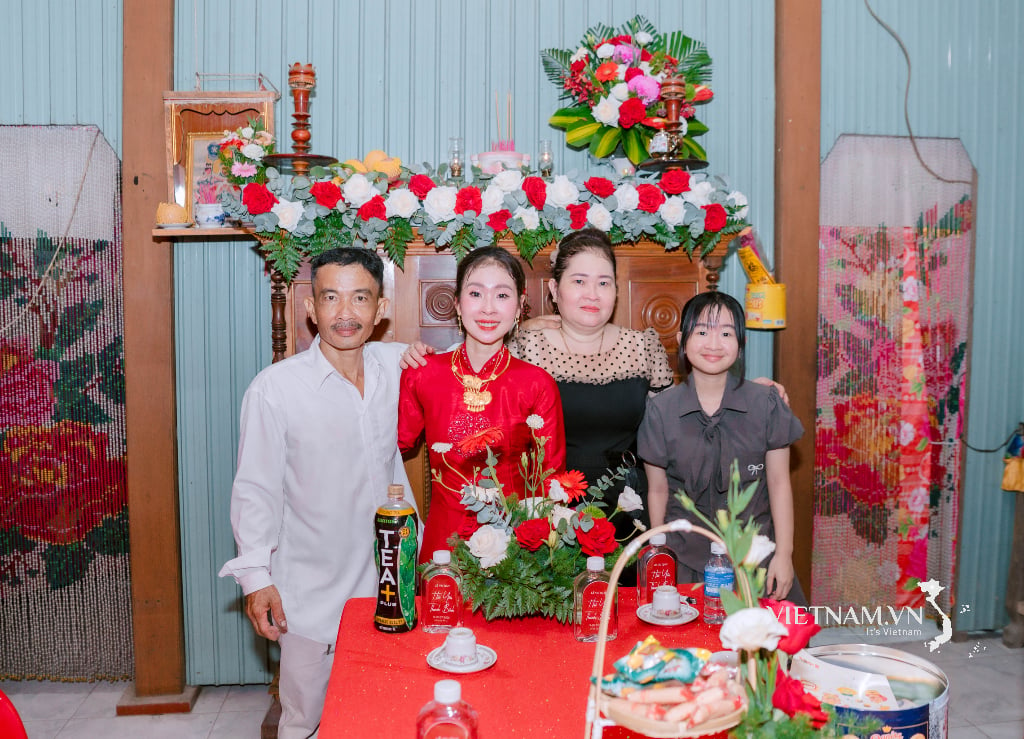
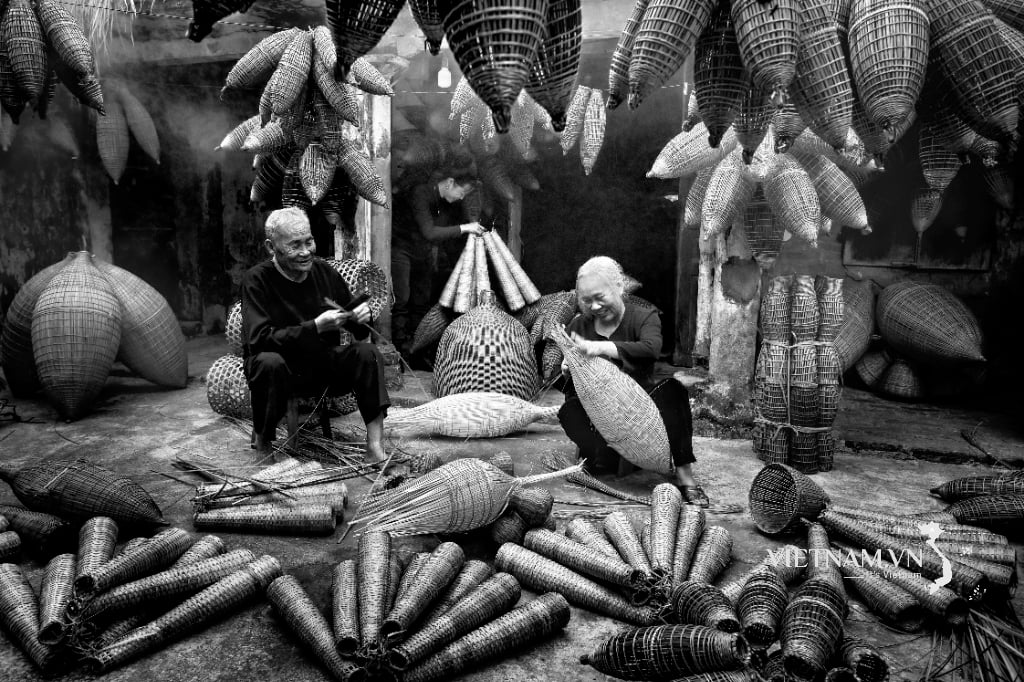
Comment (0)